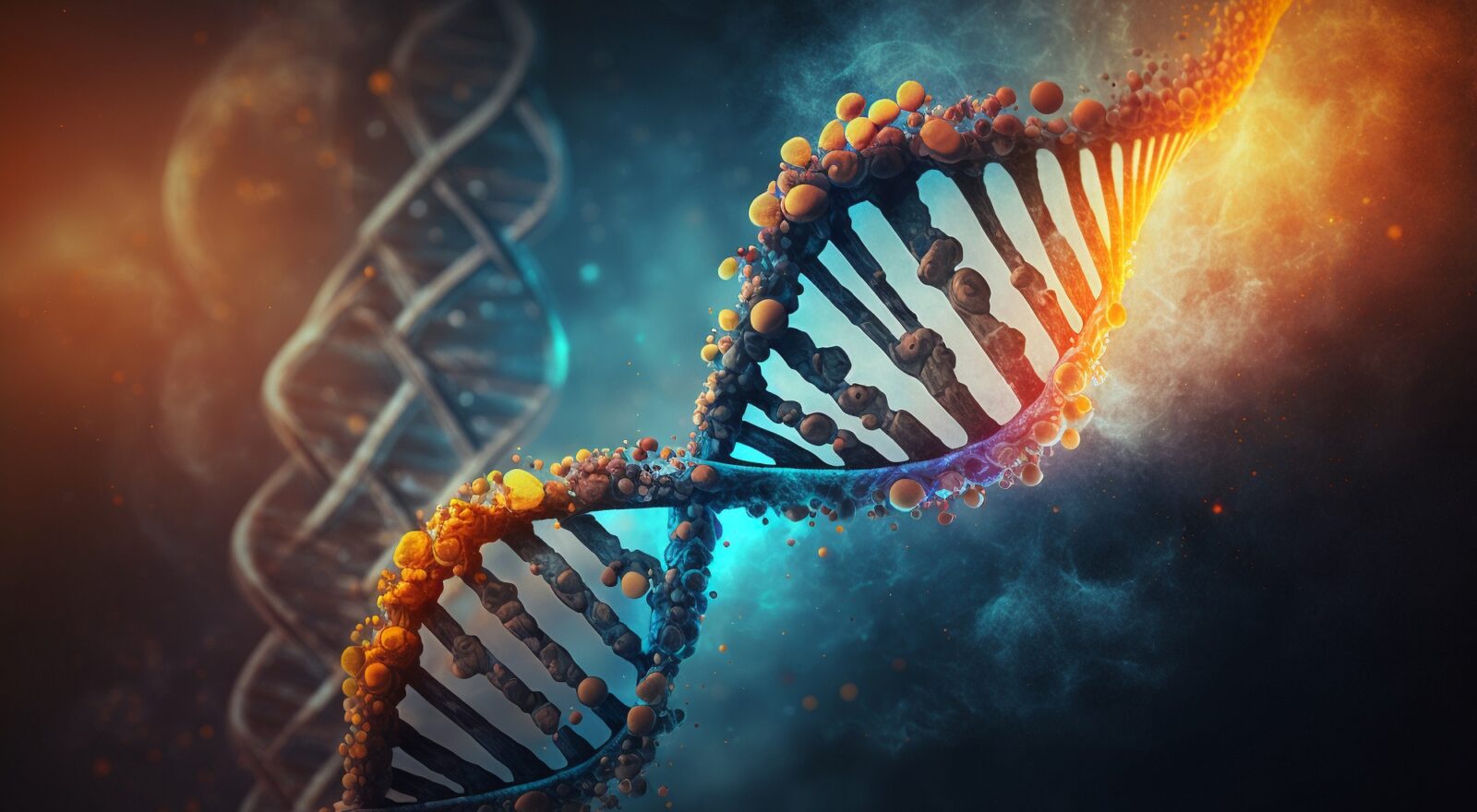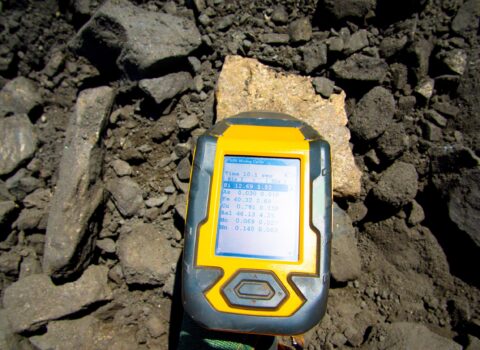
A Lucky Series of Mistakes
Biologists have long wondered about the function of some membranes found in the cells of various organisms, such as diatoms, that are particularly relevant in atmospheric carbon sequestration. It seems that a clue to the solution has finally been found.
Arguably, for terrestrial life, nothing is worth more than a mistake. Think, for example, of genetic mutations: these are changes in the DNA sequence, often the result of transcription errors, that sometimes, by coincidence, make certain organisms better adapted to certain environmental conditions. These transcription errors, in other words, rarely cause some individuals to be in the right place at the right time.
Unexpected events that are more macroscopic than genetic mutations can also benefit organisms, as a recently published study by Daniel P. Yee and colleagues shows. To get into the meat of the research, however, we must first take a leap back about 1.5 billion years.
Have you ever wondered what differentiates us from plants, but more importantly, what is the origin of these differences? One of the main characteristics that separates animals from plants, we are taught in elementary school, is that the latter are autotrophic organisms, while animals are not. This means that both plants and we animals and require different molecules to feed ourselves, but while we are forced to take them up by feeding on other organisms (hence the term heterotrophy), plants are able to synthesize them on their own. In fact, their cells are equipped with a type of organelle that we do not possess, the chloroplast, in charge of producing sugars by photosynthesis.
Chloroplasts are very special organelles in that they possess their own DNA, can divide by binary cleavage, and are not producible de novo by cells. In short, as Constantin Mereschkowskyt pointed out in 1905, they look more like bacteria than organelles. To be precise, cyanobacteria. Since 1905, these and other organelles have been studied extensively, and, thanks to the valuable contribution of Lynn Margulis in 1967, it came to be thought that not only did chloroplasts particularly resemble cyanobacteria, but that they had been cyanobacteria. Indeed, it seems that about 1.5 billion years ago, a eukaryotic cell phagocytized a cyanobacterium and, for some reason, the digestion did not go according to plan; the cyanobacterium survived and a fruitful symbiotic relationship was established between the two cells, leading to the appearance of three important groups of organisms: red algae, glaucophytes and green algae. From the latter group derived land plants.
Between the 1970s and 1980s, studies by Sarah Gibbs, Max Taylor, Dennis Greenwood and colleagues showed how this “misdigestion” was not unique. Normally, chloroplasts are surrounded by two membranes, both of which are cyanobacterial in origin, but if one looks at some unicellular algae such as diatoms, one finds that their chloroplasts are surrounded by more than two membranes, which testifies to the occurrence of a process of secondary endosymbiosis. In other words, these organisms appeared on the planet as a result of the attempted phagocytosis of a photosynthetic eukaryotic cell (which originated through primary endosymbiosis, as described above) by a nonphotosynthetic eukaryotic cell. Again, the phagocytosed cell survived and a misdigestion turned into a fruitful symbiosis that originated new species.
But why, and here we come to Yee’s study, were these additional membranes not dismantled after the symbiotic relationship was established? The answer to this question lies in the heavy presence of a particular protein called V-type H + -ATPase (VHA) in the vicinity of chloroplasts. VHA is a protein – technically, a holoenzyme protein complex-that many organisms use to acidify phagosomes, i.e., the vesicles in which they enclose prey to digest them following a phagocytotic event, and was probably employed during the digestion attempt that gave rise to the secondary endosymbiosis mentioned above. Even today, VHA acidifies the microenvironment surrounding chloroplasts, bounded by additional membranes, promoting photosynthesis activity. In fact, unicellular algae such as diatoms absorb what is called dissolved inorganic carbon (CO2, HCO3-, CO32- and other molecules) from the environment and then employ the carbon dioxide in photosynthesis.However, if you have an acidic environment near the chloroplasts, the dissolved inorganic carbon that will arrive there will be induced to turn into carbon dioxide: more carbon dioxide means more photosynthesis, thus more sugars for the organism to feed on.
It is thus thanks to a fortunate series of mistakes that some unicellular algae, such as diatoms, became established in the Permian, a period when the oceans were CO2-poor, and still remain among the planet’s main carbon fixers (and thus among the main climate regulators).



